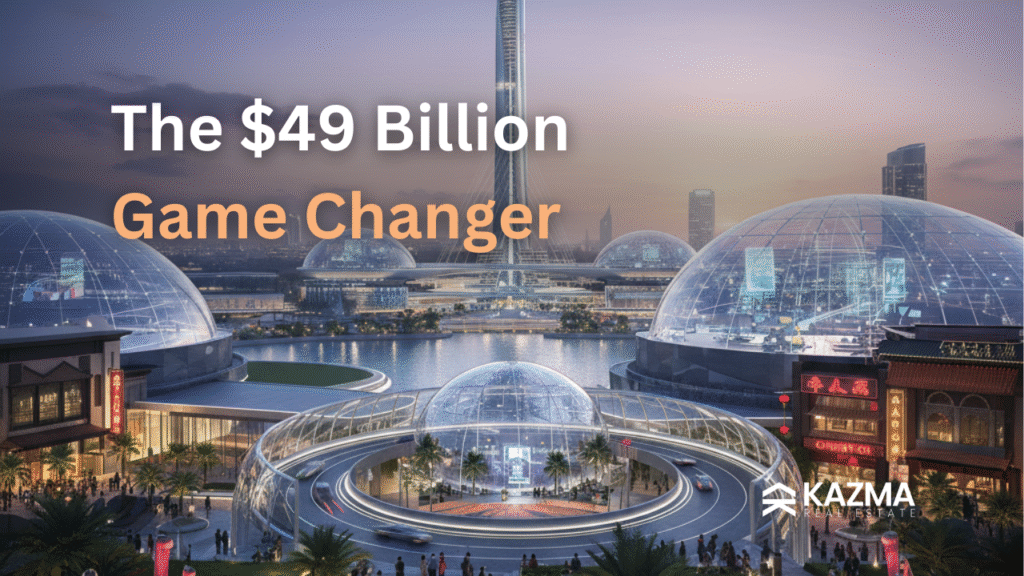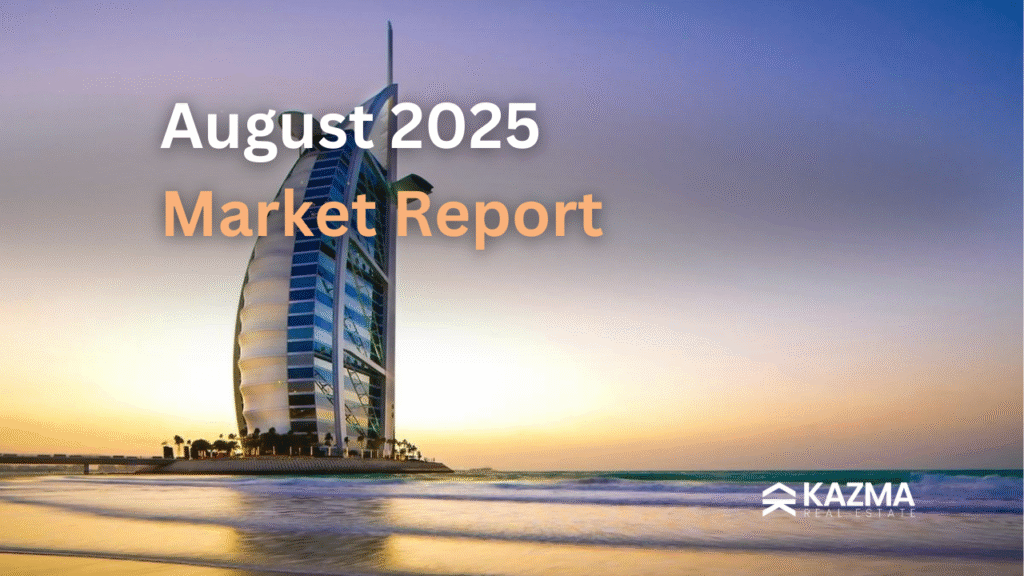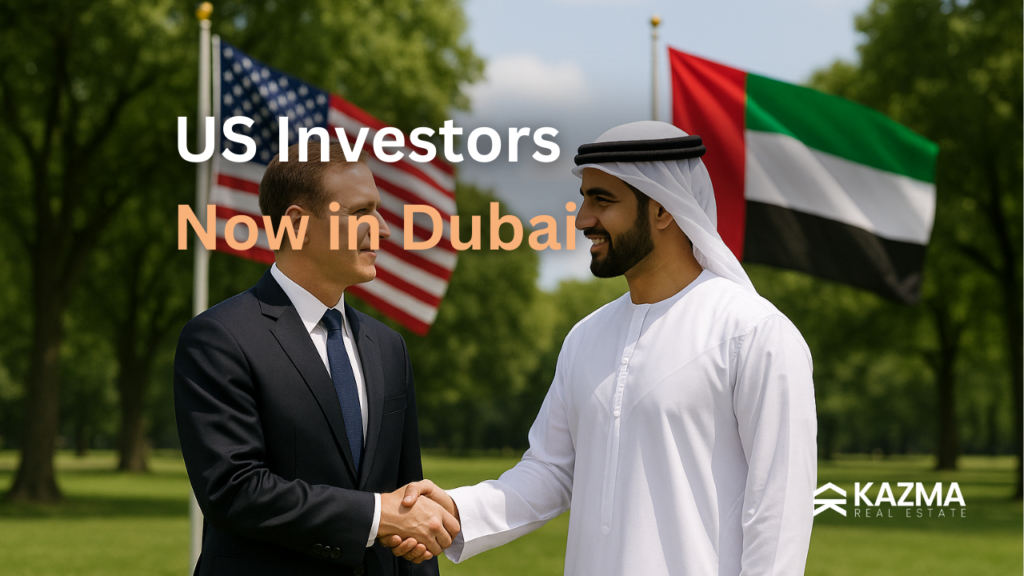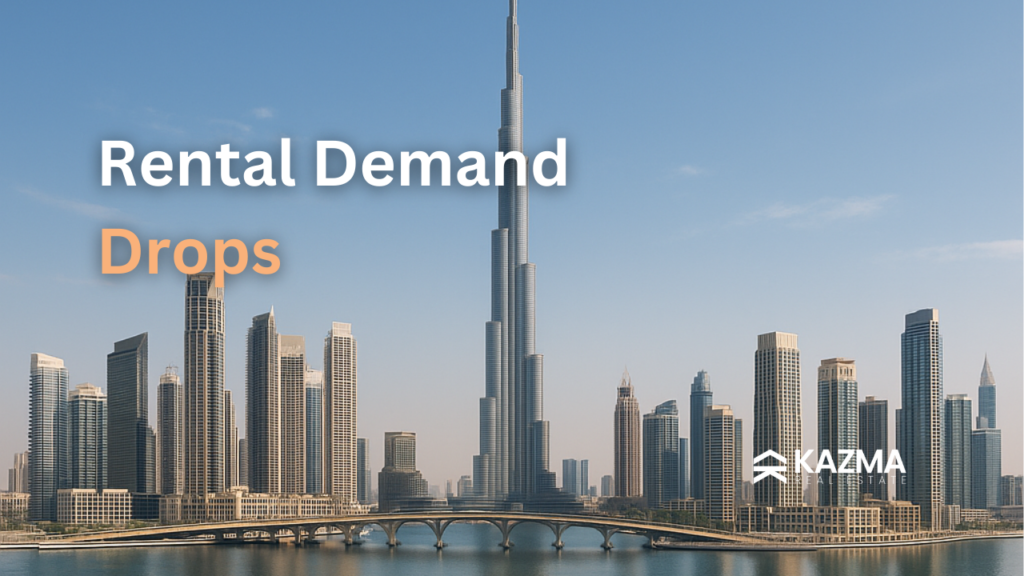UAE Dirham-Dollar Peg: Stability Today, Questions Tomorrow

Since 1997, the United Arab Emirates (UAE) has officially pegged its currency, the dirham (AED), to the US dollar (USD) at a fixed rate of 3.6725 dirhams per dollar. This long-standing policy has been a cornerstone of the UAE’s economic stability, particularly given its heavy reliance on oil exports priced in USD. But in an ever-evolving global economy, is this peg still the right strategy?
The Benefits of a Stable Peg
The UAE’s decision to tie its currency to the dollar has brought several key advantages:
Exchange Rate Stability: The peg mitigates commodity price volatility, ensuring steady revenue from oil exports and predictability in international trade.
Investor Confidence: A stable exchange rate fosters a sense of security for international investors, making the UAE a reliable and attractive destination for foreign investment.
Reduced Risk: The peg reduces exchange rate risks, benefiting businesses engaged in cross-border transactions.
The Drawbacks and Limitations
Despite these advantages, the dollar peg also presents certain challenges:
Limited Monetary Flexibility: The UAE’s monetary policy often mirrors that of the US Federal Reserve, which may not always be optimal for local economic conditions. For instance, the Central Bank of the UAE has, on occasion, followed the US in cutting or raising interest rates to align with Federal Reserve policy, even if the local economic environment does not warrant such changes.
Imported Inflation: When the dollar weakens, the UAE may import inflation, as goods and services priced in other currencies become more expensive.
Is a Change on the Horizon?
Over the years, there has been speculation about the UAE potentially shifting its peg to a basket of currencies, similar to Kuwait, to mitigate risks. However, the Central Bank of the UAE has consistently affirmed its confidence in the dollar peg.
In 2014, the Central Bank stated that “national economic indicators strongly support the continuation of the fixed peg regime,” emphasizing its contribution to economic stability and investor confidence.
Saxo Bank’s chief executive for Asia Pacific and the Middle East and North Africa, Damian Hitchen, notes that while the peg is expected to remain in place for the foreseeable future, discussions about diversifying the currency basket for non-oil trade have occurred. Such a move could potentially shape policy in the long term, given the UAE’s economic structure and trade composition.
The Future of the Peg
For now, the UAE’s commitment to the dollar peg remains firm. The country’s economic structure, particularly its reliance on oil exports priced in dollars, makes the peg a logical choice. The stability it provides outweighs the limitations it imposes on monetary policy flexibility.
However, the UAE is also actively diversifying its economy, increasing its focus on non-oil sectors such as tourism, technology, and finance. This diversification could, in the long term, prompt a re-evaluation of the currency peg.
For the foreseeable future, however, expect the UAE to maintain its dirham-dollar link, providing a stable foundation for economic growth and investor confidence in a rapidly changing world.
Stay in the loop
Receive valuable insights, news, guides and reports

My mission is to empower individuals to confidently navigate the real estate market by providing the tools and guidance they need to achieve their goals, whether for personal use or investment. With a focus on integrity, expertise, and trust, I am dedicated to delivering real value to clients, guiding them through every step of their journey, and building strong, lasting relationships.




